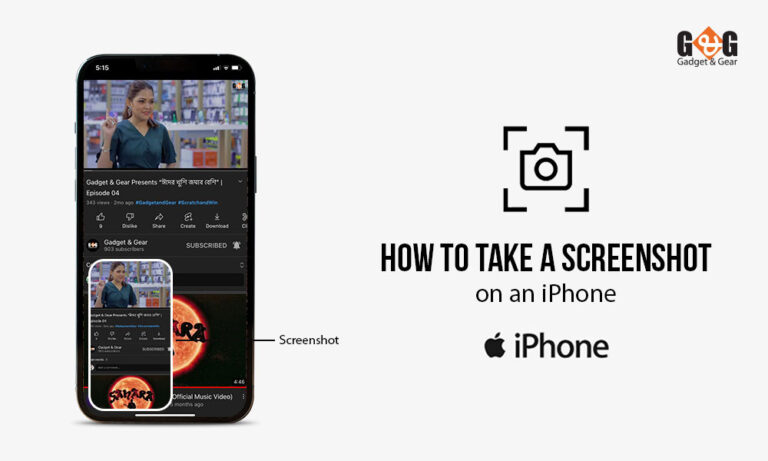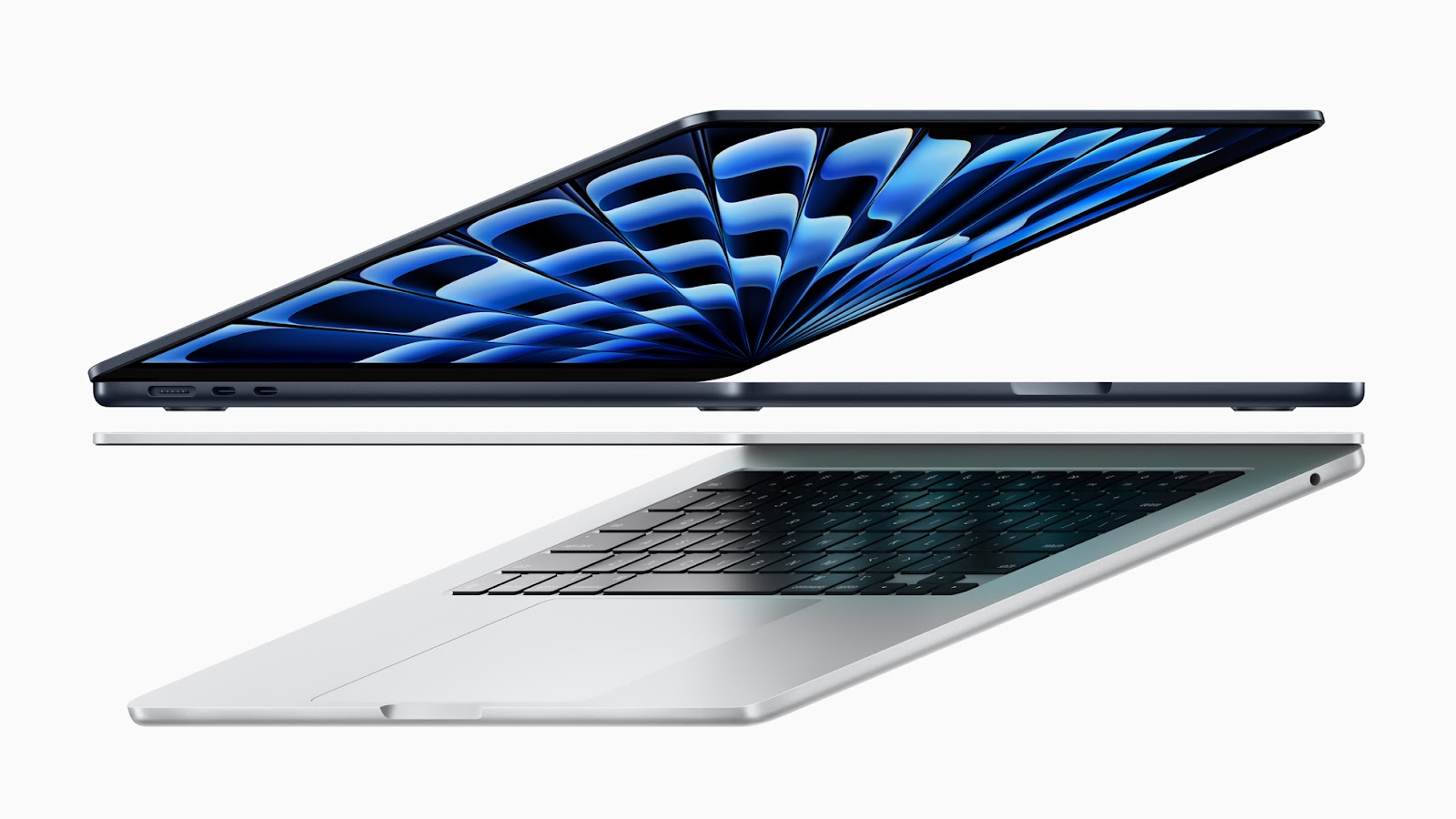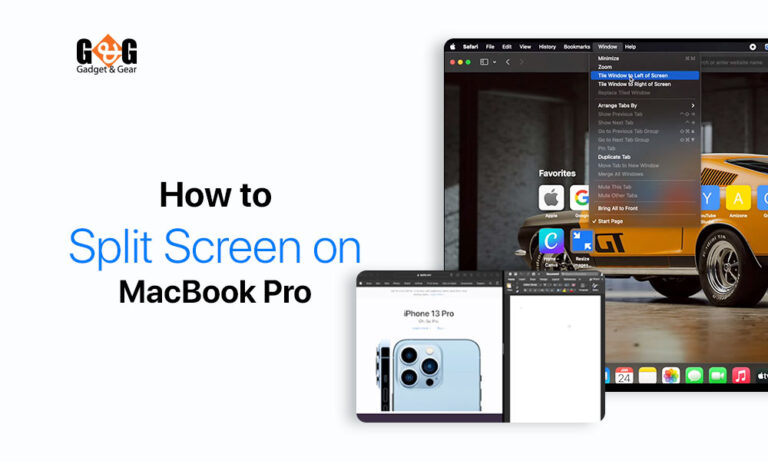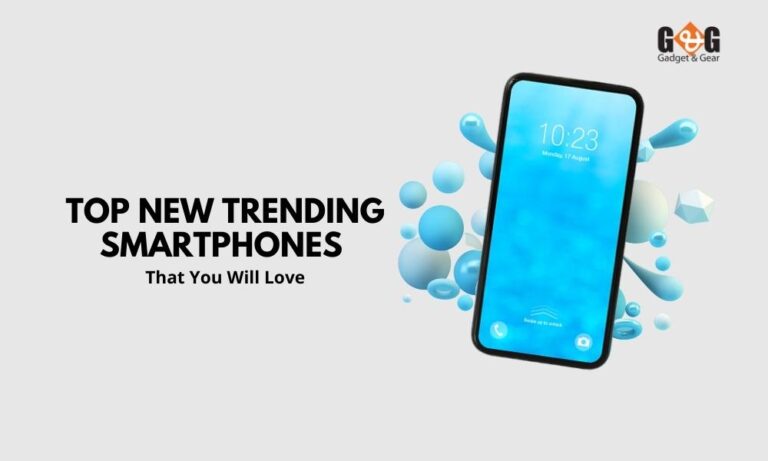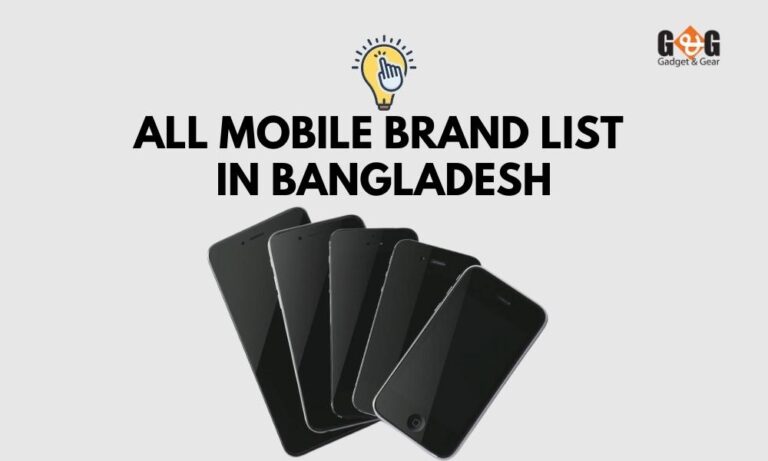Nothing Phone 1 Price in Bangladesh – Full Specs & Details
Nothing phone 1 price in Bangladesh and design is what really sets it apart from the competition in the year 2022. It is an excellent Android phone from a new company that shows maturity in the software.
We’re more interested in the back than the Glyph Interface, which is a curiosity but has little practical value. The reverse wireless charging is more unusual at this price point, and the battery life is good. As a result, our first impressions of the Nothing phone 1 are really positive.
Nothing’s phone one is a competitive device in the market, which offers fair value for money, but we cannot conclude that this substantially alters the current landscape.
Nothing Phone 1 Price in Bangladesh and Details Specifications
Nothing Phone 1 : Design
-Eye-catching Design with a clear back.
-Even though it’s big, it’s not too heavy.
-IP53 Certified Security against dust and water.
-Responsive Fingerprint
When we are discussing the Nothing Phone 1 Design, we cannot ignore the unique look of the device. The front may not look like much, but it instantly creates the sense that it can’t possibly at this cost. Bezels around the screen are tiny and uniform in size, and Nothing opted for a flexible display that folds into the body of the phone at the bottom.
This is similar to what Apple has been doing with its iPhones since the release of the iPhone X, but it is still unusual to see it on Android phones.
Even while we have seen phones with transparent backs in the past, the components that lie behind them are typically either only partially visible or entirely fabricated. Nothing has designed the exposed bits underneath in such a way that they are both useful and pleasant to the eye.
When you look at the backside of Nothing Phone 1, you can see the different layers of materials and components that make up the phone. The back glass is layered with different textures and colors, screws and ribbon cables which creates an interesting look.
The power button, which is located on the right side of the frame, and the two volume controls, which are located on the left, are large, easy to reach, and provide a satisfying click without requiring a great deal of force.
Additionally, the IP53 certification ensures that the Phone 1 can be used normally in conditions where there is a light drizzle, and it should also prevent dust from entering the cavity that is located behind the clear back glass.
| Height | 159 mm |
| Width | 76 mm |
| Thickness | 8.3 mm |
| Weight | 194 grams |
| Colours | Black, White |
| Build Material Back | Back: Gorilla Glass |
| Waterproof | Yes, Splash proof, IP53 |
| Ruggedness | Dust Proof |
Nothing Phone 1: Glyph Interface
-Unique Lighting system that uses LEDs to notify the user of upcoming events.
-Patterns for ringtones and notifications that can be changed.
-When filming video, this light can be used as a fill light.
Nothing took it a step further and added LED strips to some of the components, as if the transparent back alone wasn’t enough to impress the audience. According to the company, in order to prevent light bleeding and the emission of blue wavelengths, it was necessary for them to install more than 900 separate LEDs and utilize a protective covering that was held together with a yellowish adhesive.
It might not seem like much of a challenge to affix a few LEDs to the back of a phone, but it turns out that doing so is quite difficult.
Nothing’s “Glyph” user interface is formed by the combination of all of these LED strips working together. Because Marques Brownlee got an early hands-on with the device, you’ve probably noticed by now that the light strips flash in time with the sounds of your notifications and incoming calls.
The Glyph Interface’s settings menu allows you to control how the glyphs respond to various stimuli. The varied light and haptic patterns are perfectly synced – in terms of brightness and motion, respectively – with the audio of each of Nothing’s 10 own-brand ringtones and notification tones by default.
As much as we appreciate Glyph Interface’s blend of novelty and utility, which is one of the key goals of the Phone 1, we’d like to see a little more customizability and personalization available.
Although it’s convenient to associate different patterns of glyphs and ringtones with specific contacts in your address book, there’s definitely room to expand this functionality to include notifications from specific apps, in-game actions, and the ability to compose your own glyph patterns and ringtones.
It would also be cool if you could use your own sounds and tunes to create your own ringtone patterns and ringtones.
Nothing Phone 1 : Display
-Full HD+ 6.55-inch OLED display
-Adaptive refresh rate of 120 Hz
-Bezels of the same size on all sides
-in Display low optical fingerprint sensor
-Resolution of 2400 x 1080 Pixels
The 2400 x 1080 OLED display on the Nothing Phone 1 is clear and speedy. With a maximum brightness of 1,200 nits in daytime, it’s more than bright enough. Because of this, depending on what you’re looking at, the refresh rate can range anywhere from 60 to 120 cycles per second (Hz).
The Phone 1 can be run with either a Glyph interface or an always-on display. You get the same fade-in and fade-out animation when pressing the power button as you do with the Pixel. It always displays the current date and time, as well as the current weather, and it will flash briefly when there are fresh alerts.
If you are looking to watch videos on social media or stream content, the panel’s Full HD+ resolution provides a crisp image with a brightness of 500 nits (with a claimed maximum brightness of 1200 nits). This brightness appears to be perfectly adequate in all lighting conditions except for bright, direct sunlight, where visibility begins to deteriorate.
When it comes to maximizing the phone’s battery life, the refresh rate is dynamic, which means that it may automatically go up and down in frequency (Hz) depending on what it’s doing. The lower the Hz, the less fluid motion seems, but also less of a drain on the battery.
| Screen Size | 6.55 inches (16.64 cm) |
| Screen Resolution | 2400 x 1080 Pixels |
| Aspect Ratio | 20:9 |
| Bezelless Display | Yes, with punch-hole display |
| Pixel Density | 402 ppi |
| Display Type | Full HD+ OLED |
| Refresh Rate | 120 Hz |
| Screen Protection | Corning Gorilla Glass v5 |
| Touch Screen | Yes, Capacitive Touchscreen, Multi-touch |
| Screen To Body Ratio Calculated | 85.84% |
Nothing Phone 1 : Performance
-An older Snapdragon 778G+ chipset that has been tuned.
-RAM of up to 12 gigabytes
-Performance that is responsive on a daily basis
-able to play even the most difficult mobile games
The performance that the Snapdragon 778G+ provides to the Nothing Phone 1 is likewise more than sufficient. Even though I’m certain that Nothing could have squeezed out a few milliseconds of faster app load times and slightly better web page performance with the Snapdragon 8 Gen 1, it is undoubtedly fast enough for any and all everyday chores that you can throw at it in the foreseeable future.
| Chipset | Qualcomm Snapdragon 778G+ |
| Processor | Octa core (2.5 GHz, Single core, Kryo 670 + 2.4 GHz, Tri core, Kryo 670 + 1.8 GHz, Quad core, Kryo 670) |
| Architecture | 64 bit |
| Graphics | Adreno 642L |
| Ram | 8 GB, 12 GB |
Nothing Phone 1 : Battery
-4,500mAh battery
-33W fast charging
-Impressive longevity
-Recharges Full Battery quickly
The battery life is reliable and steady, and even after using the screen for nearly five hours of screen time, I still have some power left over at the end of the day. The rapid 33W charging system of nothing phone can bring the battery 1 to 50 percent in about half an hour.
There isn’t much to complain about in this particular area of the product. It’s true that smartphones like Xiaomi and Oppo offer faster charging, but 33W is a good compromise for the year 2022.
| Capacity | 4500 mAh |
| Type | Lithium-ion |
| Quick Charging | Yes, Quick, v4.0, 33W: 50 % in 30 minutes |
| Usb Typec | Yes |
Nothing Phone 1: Cameras
-Dual 50 MegaPixel Rear camera
-16 MegaPixel Front camera.
-Sony sensor
-Glyph Interface can function as a fill light.
The Phone 1 offers a great shooting experience. The shutter is fast and the colors are rich and vibrant, making it perfect for taking great Instagram-worthy shots. The bokeh effect is also great for close-up shots of things that are closer to the primary sensor. The ultrawide sensor offers a great field of view, but the image quality is not as good as the primary sensor.
In low light, the phone’s Night Mode does a great job of capturing warm, charming shots. The edge recognition for portrait mode selfies is also excellent. The phone is able to record video at up to 1080p/60fps or 4K/30fps, and the optical image stabilization does a great job of keeping the footage stable.
| Camera Setup | Single |
| Resolution | 50 MP (Sony IMX766 Sensor, f/1.88 Aperture, 1/1.56 inch Sensor Size, OIS and EIS Image Stabilisation), 16 MP ( (Samsung JN1 Sensor, f/2.2 Aperture, 1/2.76 inch Sensor Size, FOV: 114 Degree) |
| Auto Focus | Yes |
| Flash | Yes, LED Flash |
| Image Resolution | 8150 x 6150 Pixels |
| Sensor | Exmor-RS CMOS Sensor |
| Settings | Exposure compensation, ISO control |
| Shooting Modes | Continuos Shooting, High Dynamic Range mode (HDR) |
| Camera Features | Digital Zoom, Auto Flash, Face detection, Touch to focus |
| Video Recording | Yes |
| Front Camera Resolution | 16 MP (Sony IMX471 Sensor) |
